|
|
||
|
Pro Tools
FILMFESTIVALS | 24/7 world wide coverageWelcome ! Enjoy the best of both worlds: Film & Festival News, exploring the best of the film festivals community. Launched in 1995, relentlessly connecting films to festivals, documenting and promoting festivals worldwide. Working on an upgrade soon. For collaboration, editorial contributions, or publicity, please send us an email here. User login |
King Willem Was Here & 10 Year Reconstruction of The Rijksmuseumby Quendrith Johnson, Los Angeles Correspondent
When King Willem-Alexander came to pay an official visit in June, including meeting US President Barack Obama to commemorate the 70th anniversary of The Netherlands liberation from the Nazis, he laid out some interesting facts in a quick speech during the June 1-3 tour. Coronated in 2013 upon the abdication of Queen Beatrix, then 71, the Sovereign said the main point of his visit “was to thank the United States… especially the 82nd and 101st Airborne (who) have played a major role in liberating our country… Four and a half million Americans are from Dutch descent. You are the largest investor in our country; we are the third largest investor in your country.” Speaking of investment, the mind-boggling story of the 10-year reconstruction of the Rijksmuseum, home to the largest collection of Dutch art in the world, is the fascinating legacy left to the new king by his mother. (Photo credit: Column Film, Rembrandt Gallery, above) The Queen, who is fifth cousin and confidant of England’s Queen Elizabeth II, spent the last ten years of her 33-year reign on this potential boondoggle. At first, Her Majesty’s hopeful announcement of the allotment of funds for the project was met with resounding approval. Yet in the ensuing years, “Queen Bea” and the Art World watched from afar as executives, bureaucrats, curators, architects, bicyclists, art restorers, demolition crews, activists, and politicians clashed on the rebuilding of the house that Rembrandt and Vermeer built. In the end, from 2003-2013 (twice the original time estimate), the completed price-tag would be in excess of € 375 M EU or roughly half a billion US dollars. And the museum finally opened in April 2013. Thus was the impetus for filmmaker Oeke Hoogendijk’s documentary “The New Rijksmuseum,” which opened on June 19 theatrically and can now be had on DVD from First Run Features. (Photo credit: Jane Van Raaphorst) The importance of this documentary is not just that it is a stellar work from the filmmaker, but that it poses a number of questions in the subtext that are part of a wider debate on the place of historic institutions in times of change and economic upheaval. Museums — a distant cousin of zoos, golf courses, and cemeteries — not only have land-use and resource issues at their core, but also the basic issue of whether works of art should be revered above other state-owned properties and whether they should be a higher priority for public funding than other pressing human needs. The Dutch People vs the New Rijkmuseum is examined in Hoogendijk’s film when the Dutch Cyclists Union takes on Museum Management to ensure that a cyclist path through the center of the structure remains intact. A principal from Cruz y Oritz, the Seville-based architecture firm that won the bid in its initial five-year estimate, is tasked with negotiating on behalf of the new entry-way design — not just with the Cyclists Union, representing some 13,000-strong riders — but nearly the entire population of Amsterdam. The irony here is that the Dutch fought for their independence from Phillip the Second (1527-1598), King of Spain, and yet they now elect a Spanish architecture firm to redo and oversee the renovation of their most expensive state-funded project. Just to keep the players straight, when Spain’s Ferdinand and Isabella (last of the Trastamaras) had an heir who died, Charles of Ghent “inherited” Spain, the Spanish Colonies and Naples. Then Charles “inherited” Hapsburg territories in Germany, thus becoming Holy Roman Emperor. Phillip II replaced his father, Charles the V, when he abdicated in 1556 or thereabouts. The importance of this stroll through history is to say that when William the First, a/k/a William the Silent, Prince of Orange, challenged and defeated Phillip to liberate The Netherlands from the Holy Roman Empire, he gave his life. William I was assassinated on July 10, 1584, with a price on his head of 25,000 gold crowns apparently. Yet this sacrifice ushered in the “80 Years War” (i.e.; Dutch Revolt) and a great flourishing of Dutch artists in the new independent “Low Lands.” The Dutch Golden Age in the arts is ongoing, when in 1648 the United Provinces of The Netherlands formally comes into existence. In a mere 100 years, roughly from 1600 to 1700, some five million paintings were made, according to art historians. By 1885, The Rijksmuseum, designed by Pierre Cuypers (nee: Petrus Josephus Hubertus Cuypers) of the Royal Academy of Fine Arts, opens to great fanfare. And this is the legacy documentary “The New Rijksmuseum” alludes to in the tense political transactions within the management to live up to such a reputation, where the collection now dates from 1100 AD to current masters of contemporary art. An Asian wing is added, with Japanese monks involved. Next challenge, post structural renovation, for the museum’s brain trust is to pare down the one-million piece collection to a mere 8,000 items on display. A thematic “timeline” is then established by the space-planners to include a historic perspective from Catholic-influenced (read: Holy Roman Empire) paintings on display through the Protestant era to the finale. The finale is Rembrandt’s “The Night Watch” (1642), the most highly prized item in the collection, also the only piece of artwork to retain its original positioning within the building. Meanwhile, the tripartite entryway reshuffle is scrapped, the un-Delft-like, funerary gun-metal gray walls require a Mulligan, and guess who resigns during the redesign? To understand the contradictions of the Dutch people, who appear as cycle riding free-thinkers yet still have a monarch, one need only look to the history of their country (see above). William The Silent would most likely remain silent on the matter, but he would no doubt be amused at Oeke Hoogendijk’s documentary “The New Rijksmuseum” and the anxiety of influence that unfolds. Not to mention the hipster art restorers who put on quite a show. For more information visit http://www.firstrunfeatures.com/newrijksmuseum.html
Courtesy of First Run Features: “The New Rijksmuseum is the most ambitious project to date for internationally acclaimed documentary filmmaker Oeke Hoogendijk. Her first film, A Happy Time, is about the Barneveld group, a cohort of 700 Dutch Jews pardoned by the Nazis and sent to live in an isolated, peaceful community at the Schaffelaar Castle in Barneveld, Netherlands. A Happy Time was awarded the Dutch Academy Award 'Golden View' and 'Euro-Comenius' Award in Vienna. Her second documentary, The Holocaust Experience, premiered at IDFA in Amsterdam.”
# # # 02.07.2015 | Quendrith Johnson's blog Cat. : holland Johannes Vermeer King Willem-Alexander Oeke Hoogenddijk president barack obama Rembrandt the netherlands The New Rijksmuseum PEOPLE
|
LinksThe Bulletin Board > The Bulletin Board Blog Following News Interview with EFM (Berlin) Director
Interview with IFTA Chairman (AFM)
Interview with Cannes Marche du Film Director
Filmfestivals.com dailies live coverage from > Live from India
Useful links for the indies: > Big files transfer
+ SUBSCRIBE to the weekly Newsletter Deals+ Special offers and discounts from filmfestivals.com Selected fun offers
> Bonus Casino
User imagesAbout Quendrith JohnsonThe EditorUser contributions |























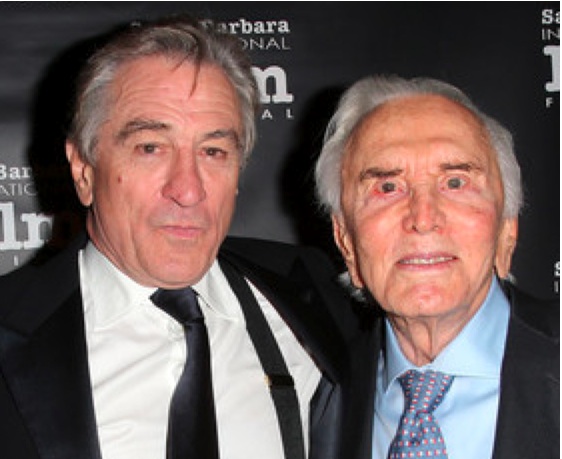
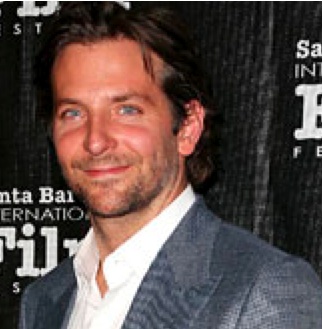
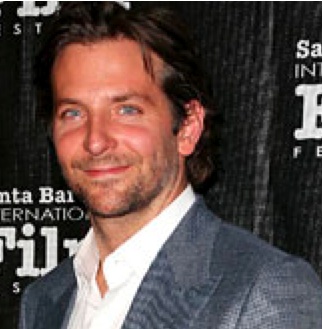

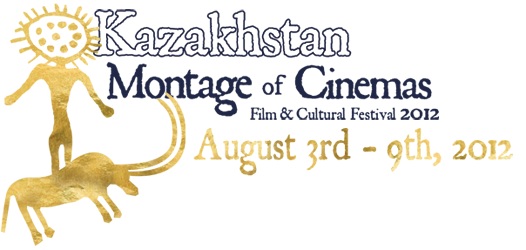
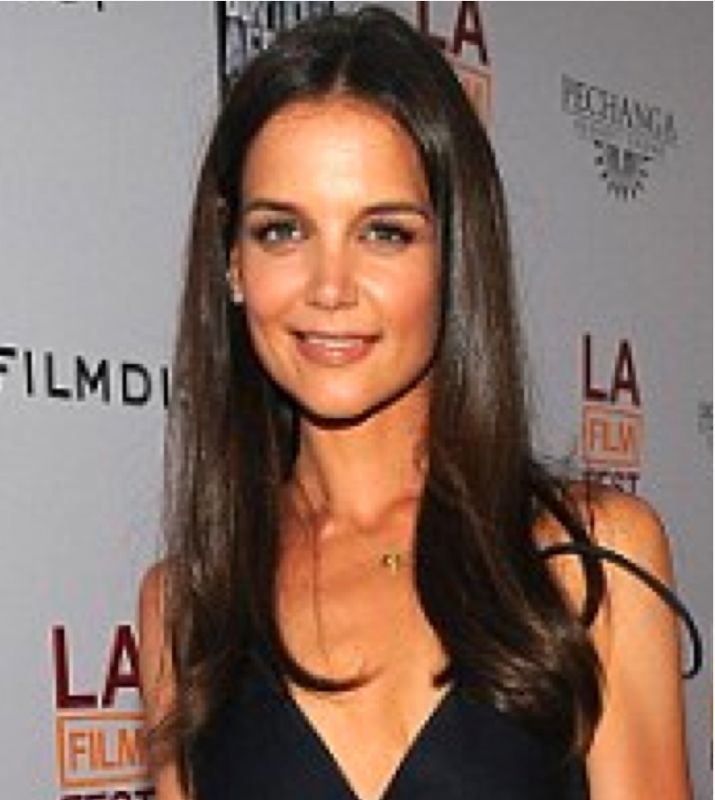
 Johnson Quendrith
Johnson Quendrith 


